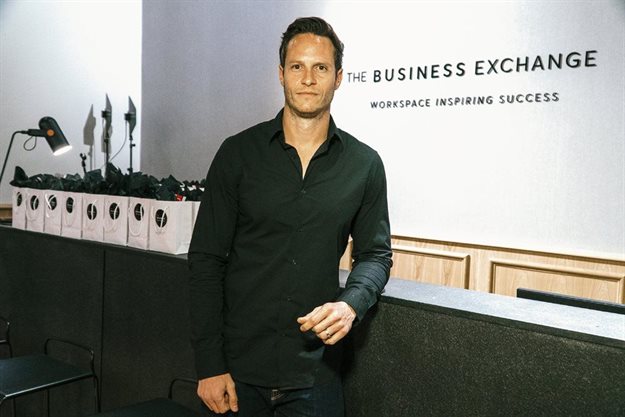
The rapid shift to remote work at the onset of the Covid-19 pandemic last year impacted just about every aspect of work and the workplace, with the absence of these watercooler conversations amongst the biggest losses.
“It’s not the first thing one thinks about when remote work is discussed, but the reality is that these watercooler moments play an essential part of business success and innovation - the immeasurable X-factor,” says David Seinker, founder and CEO of The Business Exchange (TBE).
During the latter part of 2020, it also became widely apparent that while employees enjoyed the flexibility and convenience of working from home, they missed the interaction with colleagues. In fact, a Back-to-Work Survey undertaken by TBE at the end of November saw the majority of respondents cite “interactions with other people” as the thing they most miss about the office.
While it may be extremely challenging to engineer those accidental encounters that force interaction and strengthen relationships between co-workers, it’s certainly not impossible - and the rewards to be reaped are guaranteed to outweigh the effort required.
Email, text, WhatsApp, Slack, Zoom, voice calls (on the telephone!)... communication can be draining if not properly managed. But it’s these very tools that have allowed millions of employees around the world to continue working uninterrupted, while doing their part in containing the spread of the coronavirus.
“We need to use the tools at our disposal to ensure that we chat, brainstorm, engage, discuss and not just communicate,” Seinker suggests. This could include setting up 15-minute video chat sessions between small groups, the objective of which is to ... well, chat. Similarly, if you find yourself stuck on a problem or in need of a second opinion, consider setting up a virtual brainstorm session, or simply ping a colleague on Slack. “The point to push home is the importance of utilising these applications for continued connection with others in the workplace,” Seinker stressess.
Even with all the best communication tools at our fingertips, however, the need for in-person interaction still remains. And while it’s clear that simply going back to the office as we knew it a mere year ago isn’t the immediate solution, Seinker proffers that the answer lies in a flexible, hybrid model that allows staff to work from the office on certain days of the week, and remotely on others.
The serviced office model coexists comfortably with this solution, which is growing in popularity across the globe. It’s an especially attractive alternative for companies concerned about being tied down by long, inflexible leases in the current fast-changing reality. When they choose the option of a fully-serviced professional office in which to pursue this hybrid approach, they also save on rental costs thanks to more efficient utilisation of space and associated costs, including large fit-outs, furniture and even IT infrastructure.
With the pandemic far from over, and the workplace landscape unlikely to ever return fully to what it was pre-Covid-19 anyway, business leaders will have to be strategic about many things, including recreating those watercooler moments. “As human beings, we rely on interaction and engagement with others for our ideas, our energy and our well-being. The challenge we now face is how to effectively continue reaping these benefits in a remote working situation. Fortunately, there are many innovative ways in which to do so,” Seinker concludes.